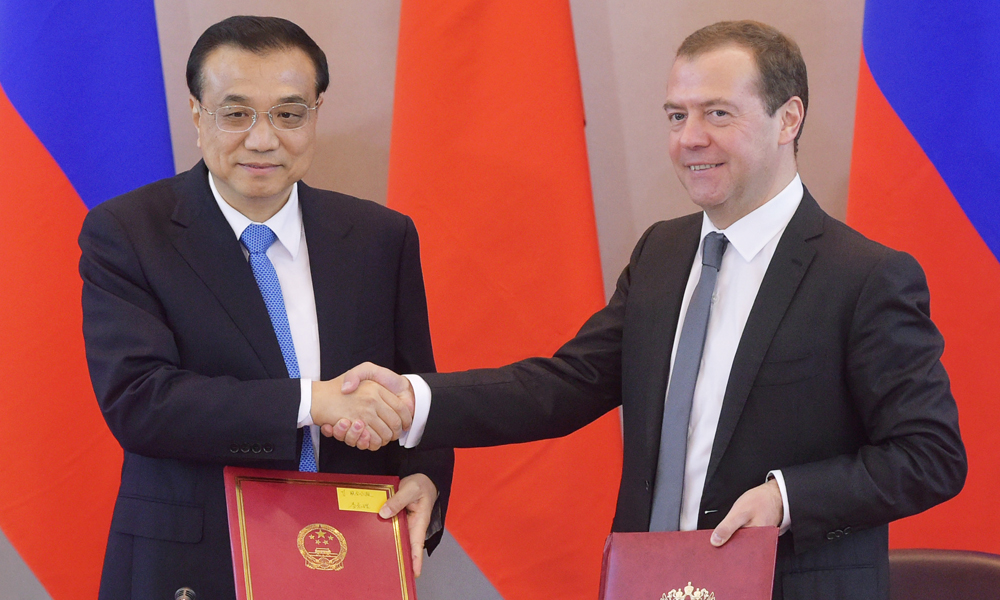
Underway Towards New Power Units
back to contentsThe heads of governments stand for joint construction of two more Russian-designed units at the Tianwan nuclear station and will give instructions to promptly draft a framework agreement on the project and sign respective contracts.
Other plans are to construct power units on China’s new sites and expand cooperation on floating nuclear stations and Generation IV fast breeder reactors. Russia and China have been partners in nuclear for many years. Russian engineers were involved in the construction of China’s Tianwan Units 1 and 2, each having a 1,000 MW capacity. In November 2010, Rosatom signed a framework agreement the third and fourth units at Tianwan. Each of the two VVER-1000 reactors will have a capacity of 1,060 MW and are scheduled for commissioning in 2018.
Apart from power generation, the countries carry out other nuclear projects, including the construction of four gas centrifuge facilities for uranium enrichment and a nuclear fuel fabrication plant to supply nuclear stations with fuel. Constructed in collaboration with Rosatom Group, the China Experimental Fast Reactor (CEFR) reached its full capacity on 22 December 2014. It is based on the Russian BN-600 design and is a result of many years’ partnership between the two countries. CEFR is a research reactor with a heat capacity of 65 MW, and supposed to be able to generate up to 25 MW of power. However, its primary function is to serve as an R&D tool to support China’s research in fast breeders.
China also takes a keen interest in Russia’s expertise in floating nuclear power stations. In 2014, Rosatom and the Chinese Atomic Energy Agency (CAEA) signed a memorandum of understanding on floating nuclear station construction.




